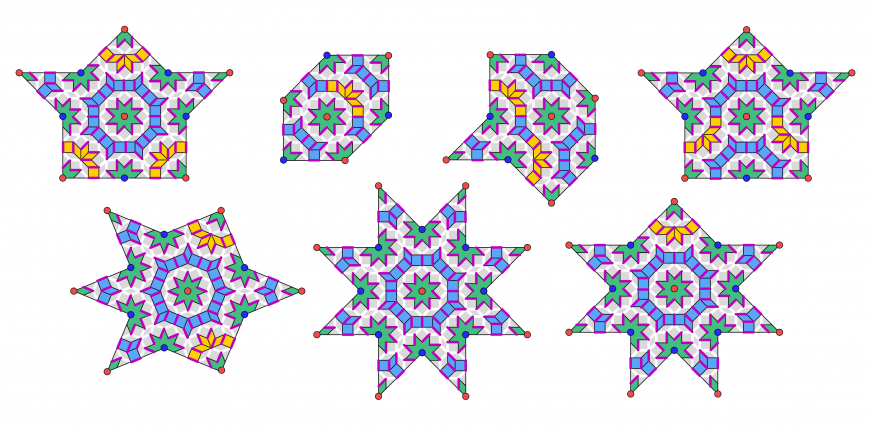
Oxford Molecular Motors
We are currently working on Rotary Molecular Motors. In particular the Bacterial Flagellar Motor and F1FO ATP-synthase. The aim is to try and understand how these living machines work. We use a range of techniques. Molecular motors are tens of nanometre

Ion channels
Our research is focused on understanding the intimate relationship between ion channel structure and function; we are working to understand their molecular mechanism of operation at an atomic level as well as their role in physiology and disease.
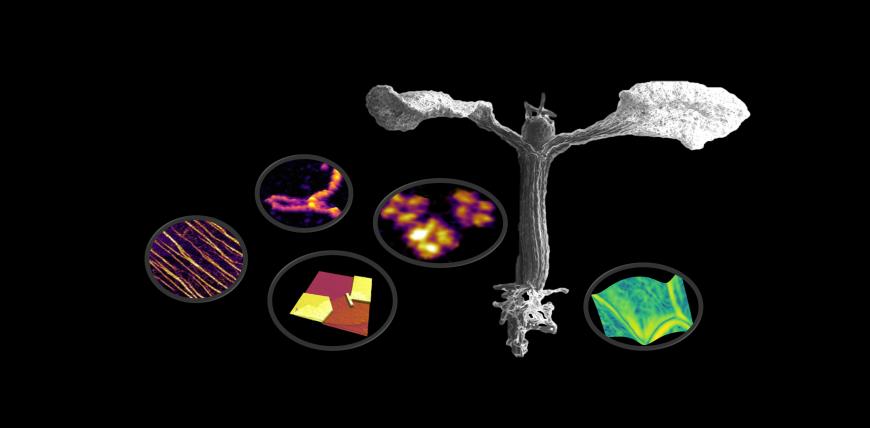
Physics of biological shape: from molecules to organisms and biohybrid structures
Physics and nanomechanics at the interface of biology and nanotechnology, in molecules, cells, tissues (artificial or natural) and whole organisms. Atomic force microscopy. Led by Professor Sonia Contera

Nucleic acid nanotechnology
We study the physics of synthetic biomolecular nanostructures in order to create disruptive technologies including probes of cellular structure and function, templates for molecular electronics and molecular machinery for atomically precise manufacture
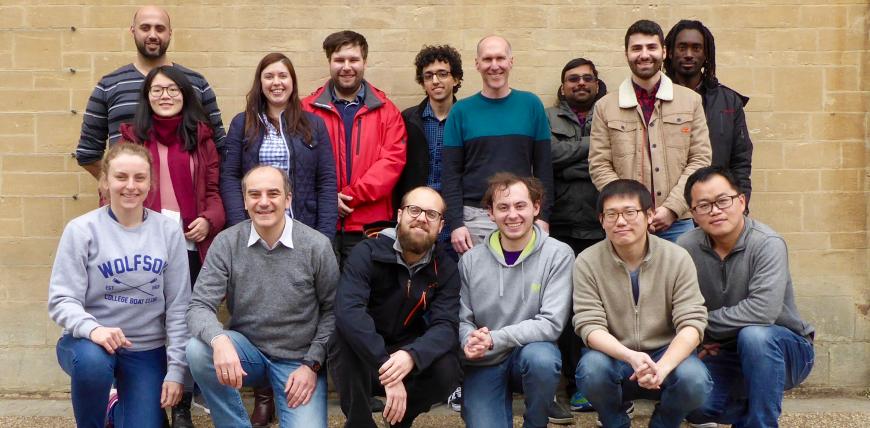
Gene machines
Studies of the mechanisms and machines of gene expression using single-molecule biophysical methods and biochemistry.
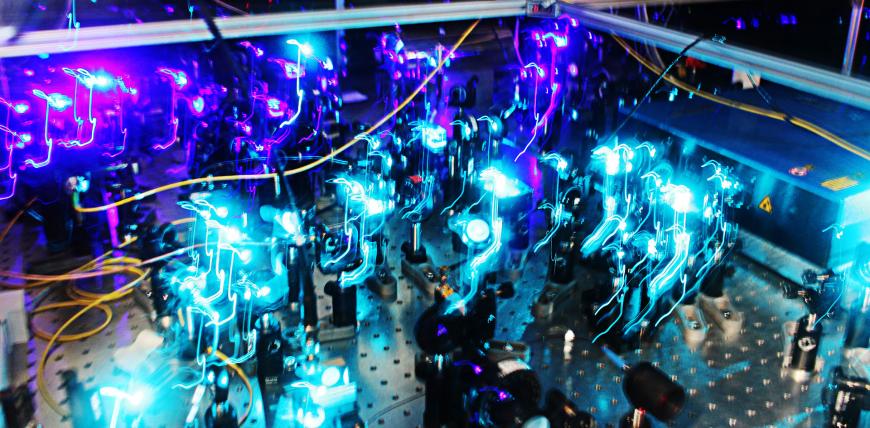
Quantum Devices and Biosystems
We are developing techniques and protocols to generate quantum effects in complex systems inlcuding in living systems and are reverse engineering bio-inspired structures in artificial solid-state and hybrid quantum optoelectronic materials.
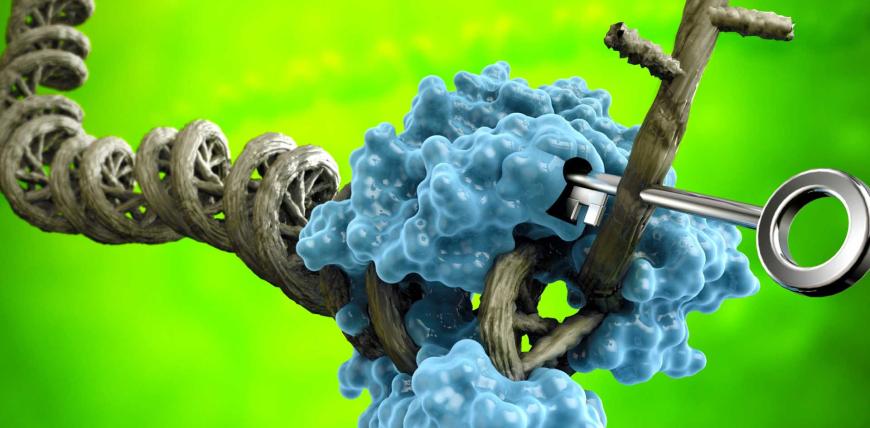
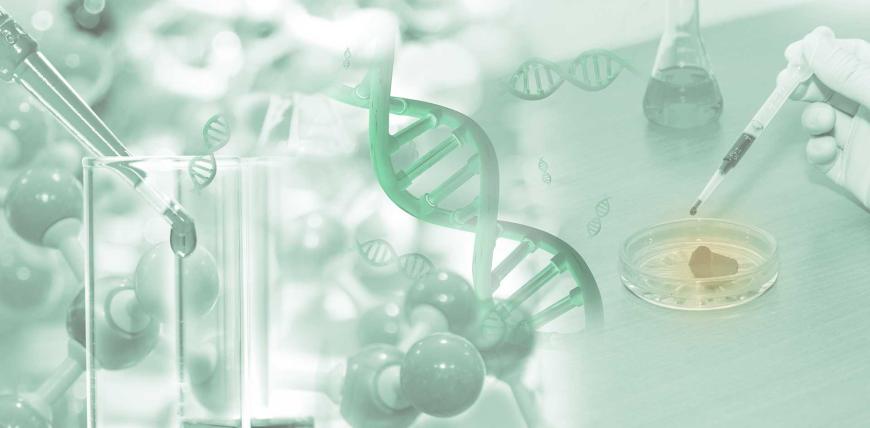
Chromatin Dynamics
Research in the Gruszka Lab centres on physical and molecular mechanisms underpinning chromatin dynamics during DNA replication.
